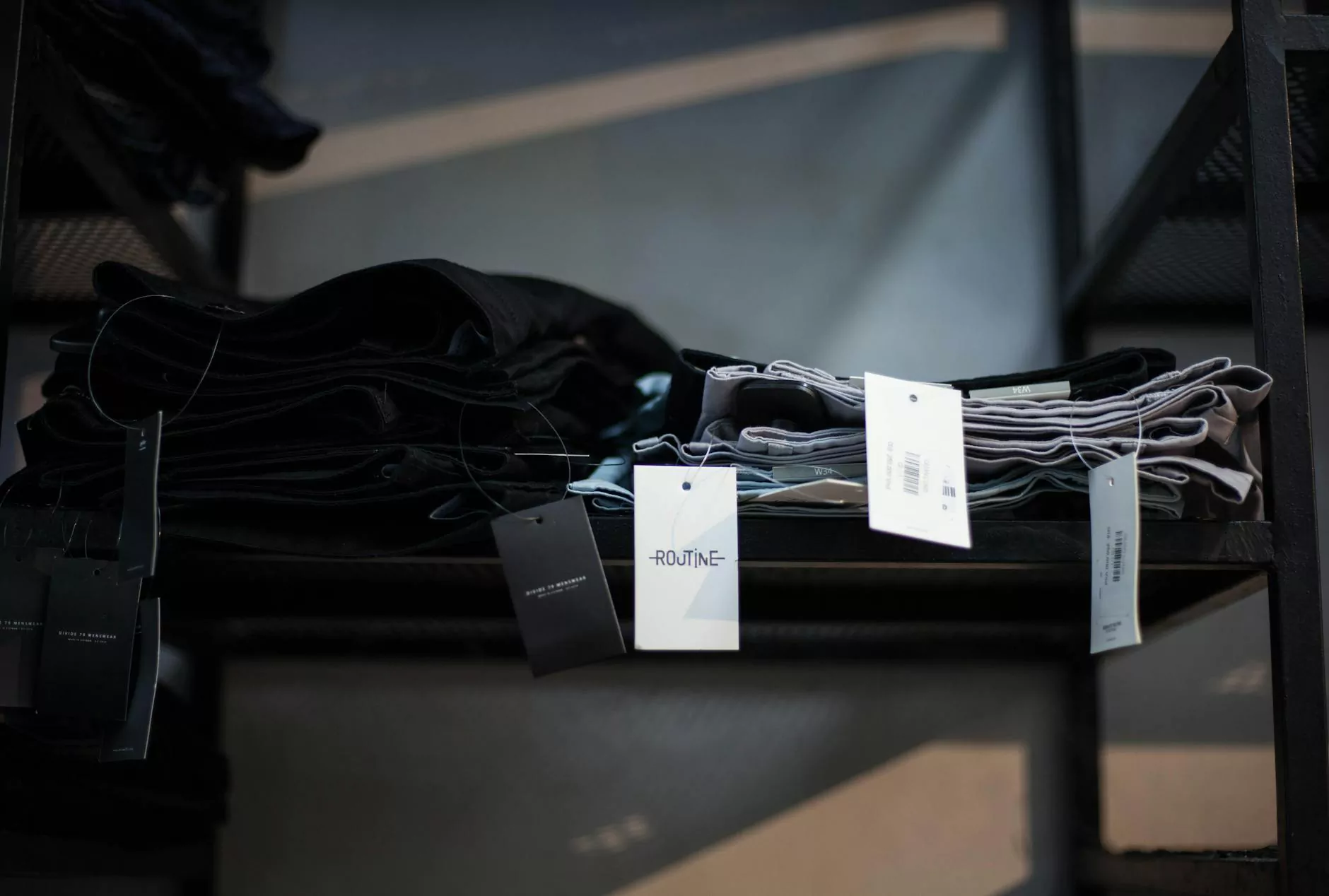How To Start A Profitable Clothing Brand [13 Expert Tips]
Blog
Introduction
Welcome to Graymatter SEO's guide on how to start a profitable clothing brand. In this comprehensive guide, we will provide you with expert tips and insights that will help you establish and grow a successful clothing brand. Whether you are an aspiring designer or an entrepreneur looking to enter the fashion industry, this guide will equip you with the knowledge and strategies needed to stand out in the competitive market.
1. Define Your Brand Identity
Before diving into the process of starting your own clothing brand, it is crucial to define your brand identity. Take time to research and develop a unique brand story, mission, and values. Understanding your target audience and their preferences will help you create a brand identity that resonates with them.
2. Market Research
Conduct thorough market research to identify your target market, competitors, and industry trends. Analyze consumer preferences, pricing strategies, and popular fashion trends to gain insights into the market landscape. This information will guide your product development and marketing strategies.
3. Create a Business Plan
A well-crafted business plan is essential for the success of your clothing brand. Outline your objectives, financial projections, marketing strategies, and operational plans. A solid business plan will not only serve as a roadmap for your brand but also attract potential investors and lenders.
4. Design and Product Development
The design and product development phase is where your creative vision comes to life. Collaborate with fashion designers, pattern makers, and manufacturers to create high-quality and unique clothing pieces. Pay attention to fabric selection, fit, and trends to create products that stand out in the market.
5. Manufacturing and Production
Partner with reliable manufacturers or set up your production facility to bring your designs to reality. Ensure that the production process maintains the quality and consistency of your products. Implement strict quality control measures to deliver clothing items that meet customer expectations.
6. Branding and Positioning
Develop a compelling brand identity and positioning strategy that differentiates your clothing brand from competitors. Create a brand logo, tagline, and visual elements that reflect your brand values and resonate with your target audience. Consistency across all brand touchpoints will help build brand recognition and loyalty.
7. E-commerce and Website Development
Establish an online presence by creating a user-friendly and visually appealing website. Optimize your website for search engines and ensure seamless navigation and responsive design. Implement secure payment gateways and provide detailed product information to enhance the online shopping experience.
8. Marketing and Promotion
Develop a multi-channel marketing strategy to reach your target audience and generate brand awareness. Utilize digital marketing techniques such as search engine optimization (SEO), social media marketing, influencer collaborations, and email marketing. Consistently engage with your audience to build a strong brand community.
9. Building Relationships with Retailers
If you plan to sell your clothing brand through physical retail stores, establish relationships with retailers in your target market. Attend industry trade shows, pitch your brand to potential retailers, and negotiate mutually beneficial partnerships. A strong retail presence can significantly expand your brand's reach and visibility.
10. Customer Service and Satisfaction
Deliver exceptional customer service to build trust and loyalty among your customers. Offer prompt and personalized support, easy returns, and hassle-free exchanges. Positive customer experiences will result in repeat purchases and positive word-of-mouth recommendations.
11. Data Analysis and Optimization
Regularly analyze sales data, customer feedback, and website analytics to make data-driven decisions. Identify areas of improvement and optimize your marketing campaigns, product mix, and overall brand strategy. Stay updated with the latest industry trends and technology to stay ahead of the competition.
12. Sustainable Practices
Incorporate sustainable practices in your clothing brand to appeal to environmentally-conscious consumers. Use eco-friendly materials, implement ethical manufacturing practices, and communicate your brand's commitment to sustainability. Emphasize the value of quality and longevity over fast fashion trends.
13. Continuous Learning and Adaptation
The fashion industry is constantly evolving, and it is crucial to stay updated with the latest trends and consumer preferences. Continuously educate yourself on industry developments, consumer behavior, and technological advancements. Adapt your brand strategy and offerings to stay relevant and competitive.
Conclusion
Starting a profitable clothing brand requires careful planning, creativity, and a deep understanding of the fashion industry. By following the expert tips provided by Graymatter SEO, you can navigate the challenges and establish a successful clothing brand. Remember to stay true to your brand identity, adapt to changing market dynamics, and consistently deliver exceptional products and experiences to your customers.




